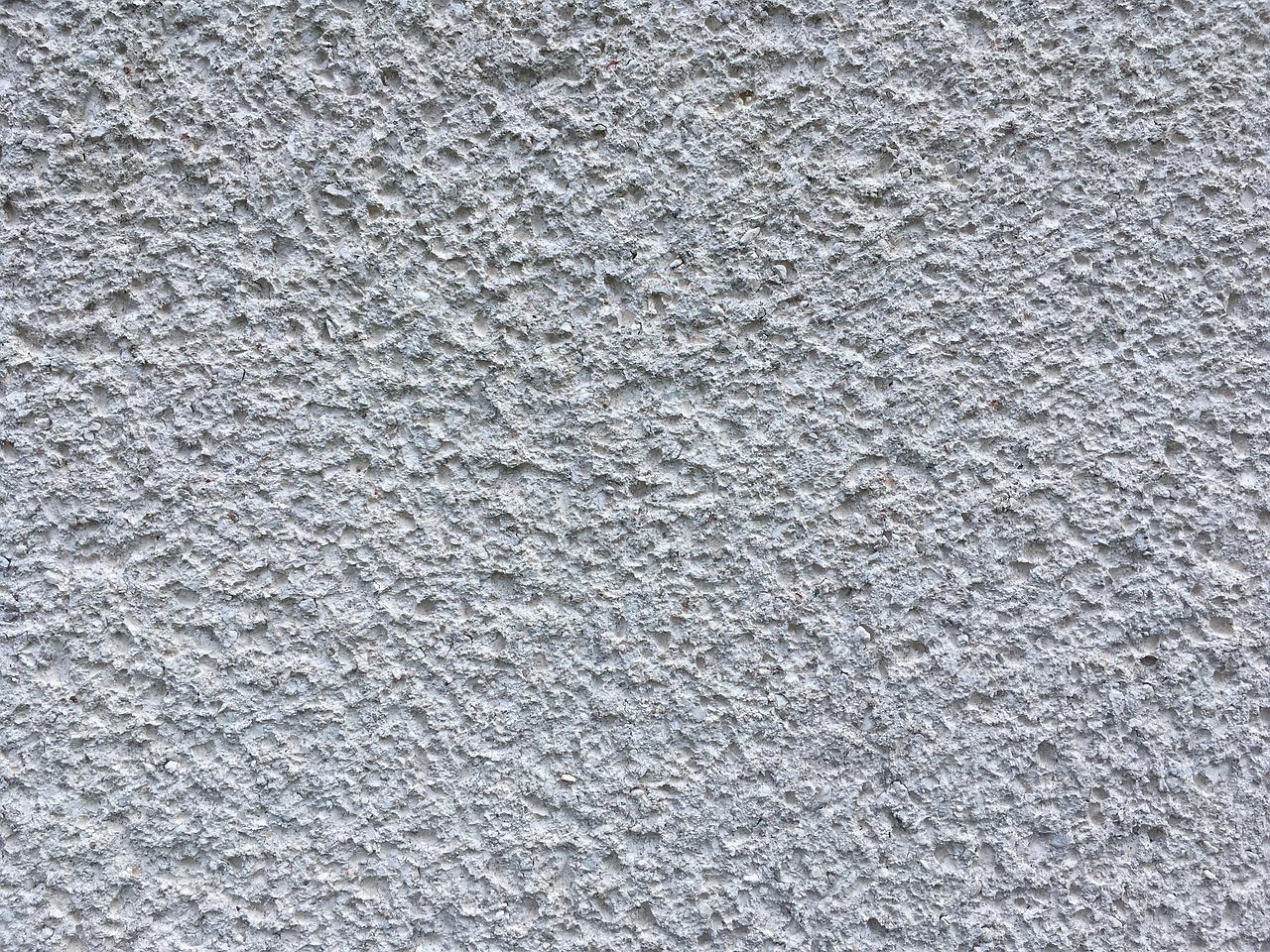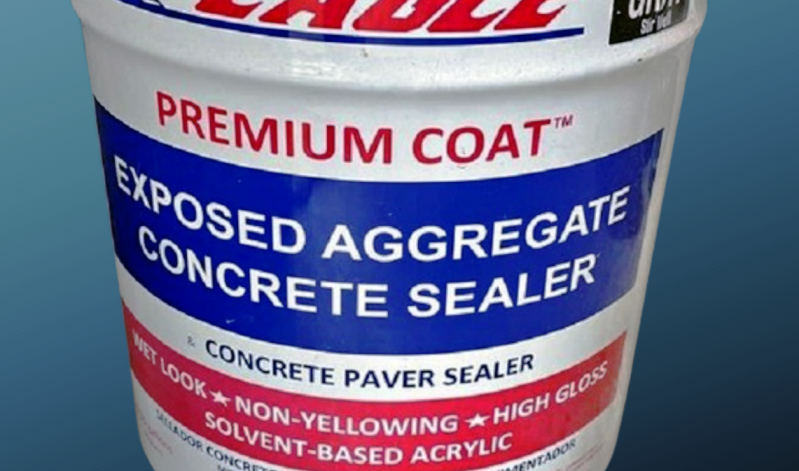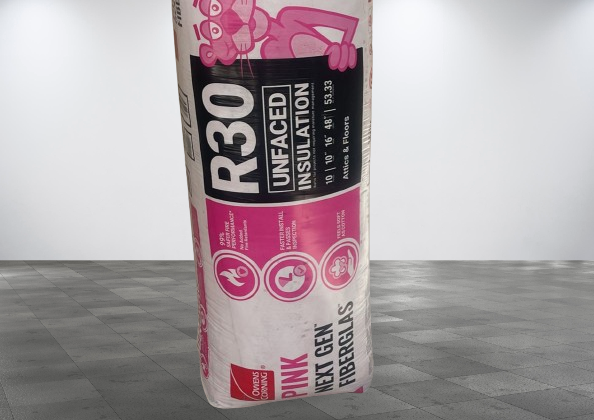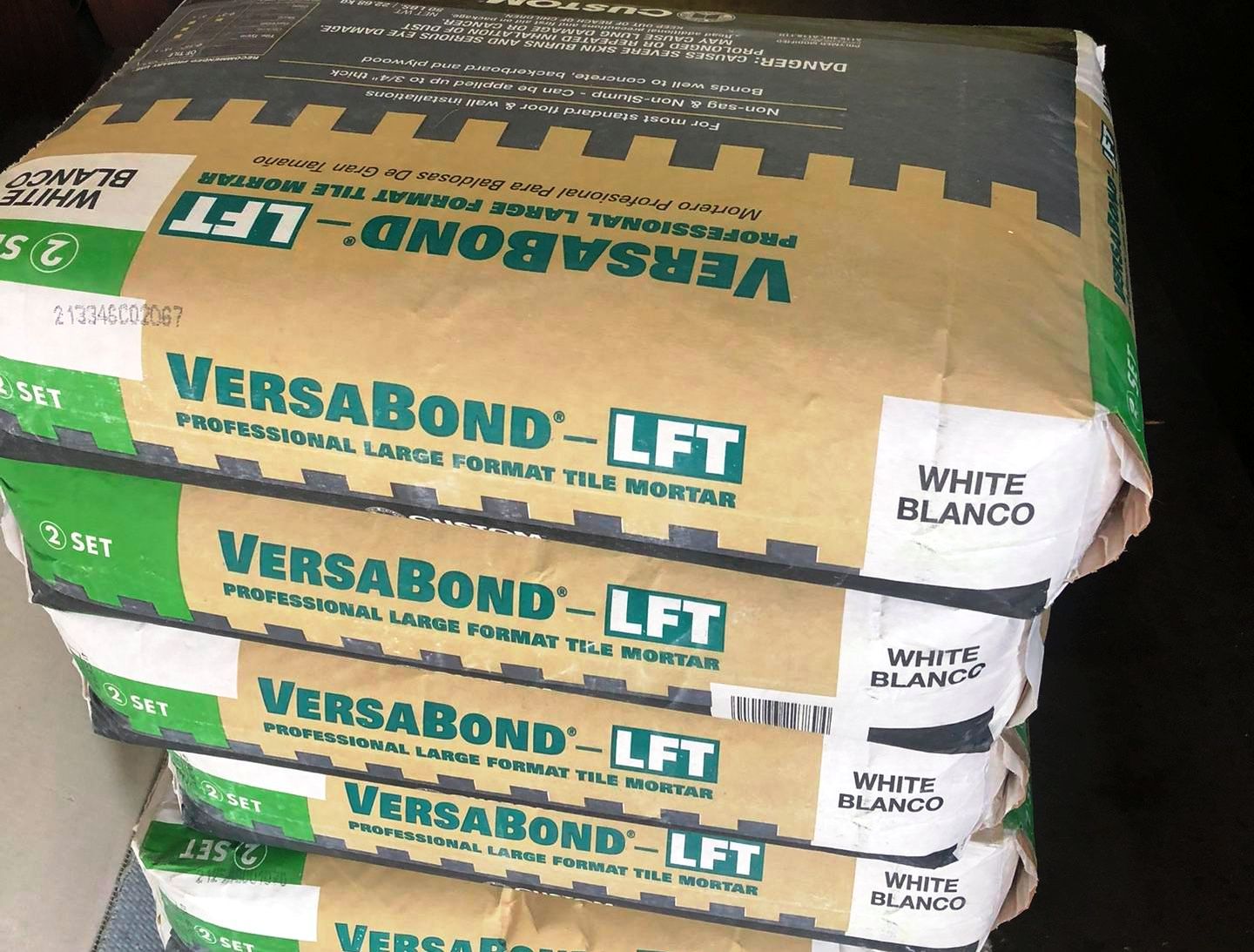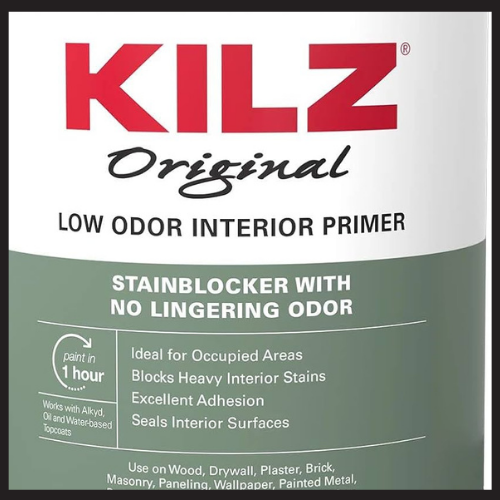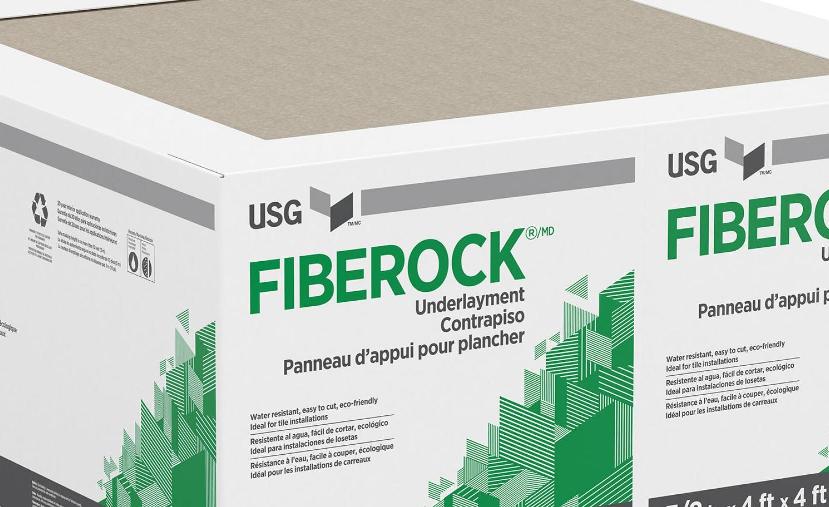Why Brick Mortar Turns to Sand and How to Fix It
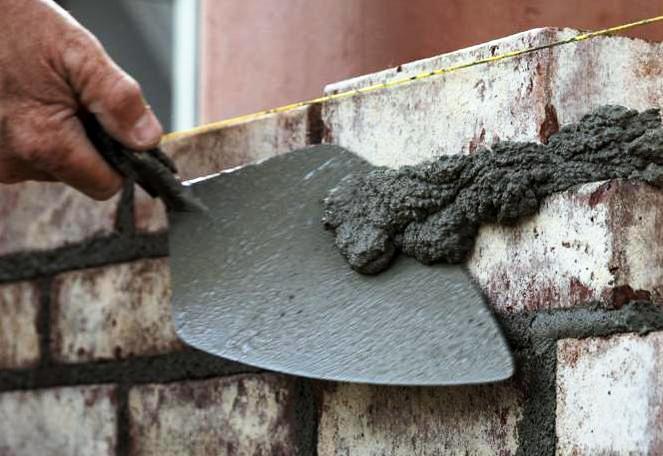
One very helpful binding material for creating brick masonry units is mortar. It can be applied to close up spaces created by bricks. Heck, you could even repoint an old brick wall with it.
- Why Brick Mortar Turns to Sand and How to Fix It
- Why Does Sand Turn From Brick Mortar?
- 1. Using the incorrect mortar to water ratio
- 2. Before the mortar brick hardened, it was rained on.
- 3. Before drying, the fresh mortar's moisture was removed.
- 4. An Outdated Mortar Mix Was Used
- 5. Applying an Acidic Detergent to Clean the Brick Wall
- When the mortar on a brick wall turns to sand, how can it be repaired?
- Step 1: First, take out the old mortar.
- Step 2: Wet the bricks with some water
- Step 3: Prepare the mortar per the manufacturer's directions.
- Step 4: Apply the mortar and allow sufficient time for it to dry
- What Takes Place When Sand Turns Into Brick Mortar?
- How Can I Stop Brick Mortar From Getting Sand in It?
- Can Sand Turn Brick Mortar in Severe Weather?
Regardless of how you plan to use brick and mortar, there is a common problem that can be quite inconvenient. Brick mortar then turns to sand at that point.
This type of brick and mortar failure is not only annoying, but it also costs money because it wastes resources.
I’ll walk you through the main causes, the fixes, and how to avoid this issue in the future if you have a project where the brick mortar is turning to sand.
Why Does Sand Turn From Brick Mortar?
There are a few of offenders who may have caused this issue. Among them are
1. Using the incorrect mortar to water ratio
Using the incorrect water-to-mortar ratio is the main reason why brick mortar turns to sand. The ideal proportions for a mortar mixture are one water to two cement to three sand.
But this varies according to the mortar brand you’re getting ready for. The mixture will most likely turn sandy as it dries if you use too much sand or too much water.
Thus, the reason your brick mortar is turning to sand could be that you changed from the above ratios.
2. Before the mortar brick hardened, it was rained on.
Inadvertently, if rain fell while the mortar was still fresh on your brick. This indicates that the recommended ratio was impacted and the water ratio was inadvertently raised.
Additionally, that might turn the mortar into sand. When applying mortar to brick, it’s a good idea to always check the weather forecast.
3. Before drying, the fresh mortar’s moisture was removed.
Have you ever wondered why mortar is applied to bricks after they have been dampened with water? That’s to keep the brick from drawing moisture from the mortar, that’s why.
Bricks are easily able to absorb moisture due to their diffusion-open surface. Therefore, if the mortar is applied directly, it may absorb the water from the newly mixed mortar, leaving behind bits of sand and cement.
Fresh brick mortar can also absorb moisture from the surrounding air. When mortar is applied to brick on a day with low humidity, the moisture in the mortar can readily evaporate into the atmosphere and cause failure.
4. An Outdated Mortar Mix Was Used
With time, mortar loses some of its qualities just like any other material. Your mortar may fail and become sand-colored if you applied it using an old bag on your bricks.
Use a fresh bag of mortar for each project. There is no other way to guarantee that you won’t run into this kind of issue.
5. Applying an Acidic Detergent to Clean the Brick Wall
You might believe that all dirt and contaminants will be eliminated from a brick wall by using an acid cleaner. But in the end, you might cause more harm than good. It’s surprising to learn that acid can burn mortar and turn it sand-colored.
The mortar frequently turns dark as well when acid burns through it. Thus, this is yet another indication to be aware of. Acid reacts with iron compounds in Portland cement to produce darkening.
When the mortar on a brick wall turns to sand, how can it be repaired?
Repointing is the process required to fix a brick wall where the mortar has become sand-like.
This is the time to replace any damaged mortar with brand-new mortar. Here is a detailed guide on how to tackle this problem;
Step 1: First, take out the old mortar.
Although it may be tempting to cover the damaged mortar with new, I wouldn’t strongly advise against it. Start chipping old mortar with a chisel and hammer.
Wear safety goggles and a mask at all times. Clear any remaining debris from the brick gaps and joints.
Step 2: Wet the bricks with some water
Wet the bricks with hose pipe water to stop them from absorbing moisture from the mortar. Additionally, confirm that the humidity is at a moderate level.
Step 3: Prepare the mortar per the manufacturer’s directions.
This is a crucial step to take. The suggested water-to-mortar ratio is specified in most, if not all, mortar bags. Please follow that ratio exactly.
Step 4: Apply the mortar and allow sufficient time for it to dry
Fill in the spaces with the mortar and mold it to your desired shape. Because some mortars have a short drying time, please work on one area at a time.
You should give it a few days even though mortar dries in a day. Make sure it stays wet during that time.
Your brick mortar won’t turn sandy this time if you follow all the instructions I’ve given you.
What Takes Place When Sand Turns Into Brick Mortar?
As you may already be aware, Portland cement, water, and a large amount of sand are combined to make mortar. The mortar deteriorates and loses its essential qualities when it gets sandy.
For example, it becomes loose and comes off with a simple fingertip touch. When this occurs, the mortar loses its strength and can no longer hold bricks together.
Generally speaking, brick mortar loses its use when it turns to sand. It won’t provide the initial aesthetic benefits and can’t support the weight of bricks.
The only thing you can do to fix mortar that has turned to sand is to remove it and replace it with new mortar.
I understand that this kind of thing can be really detrimental. The best course of action, though, is to learn from past errors and steer clear of them in subsequent endeavors.
How Can I Stop Brick Mortar From Getting Sand in It?
I’ll leave you with some advice on how to stop brick mortar from becoming sand before I conclude this review.
I am aware of how annoying and expensive this kind of circumstance can be. Thus, the following are some methods to avoid this issue:
Use fresh, high-quality mortar at all times. The likelihood of failure decreases with increasing quality.
- Make sure there is moisture in the mortar while it dries.
- When combining mortar with water, pay close attention to the ratios.
- Decide which day is best to apply mortar to brick. Neither too hot nor too cold is ideal. This also holds true for humidity levels.
- Before adding the mortar, wet the concrete.
- Check the brick mortar frequently and fix any damage right away.
- Avoid using harsh cleaners, especially those that are acidic, on your brick mortar.
Can Sand Turn Brick Mortar in Severe Weather?
Sadly, extreme weather, such as frequent freeze-thaw cycles, can erode mortar into the sand. It won’t happen right away.
However, brick mortar decomposes into sand particles more quickly the longer it is exposed to freeze-thaw cycles.
Therefore, it would be best to use a mortar with advanced properties if you live in an area that experiences bad weather. The only way to combat weathering’s negative effects is in that manner.
It’s also critical to remember that intense UV light can damage the bond between brick mortar particles. There are no preventative guidelines regarding weather.
The good news is that these effects will take time to manifest. The brick mortar would have served you well by then, even if it takes years or even decades.

